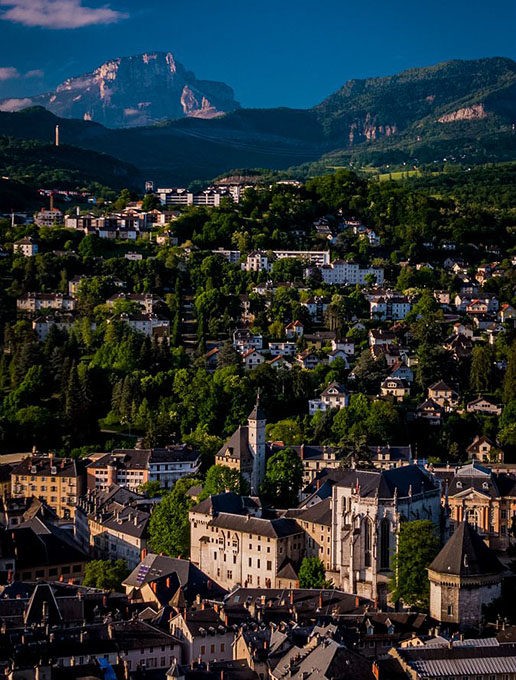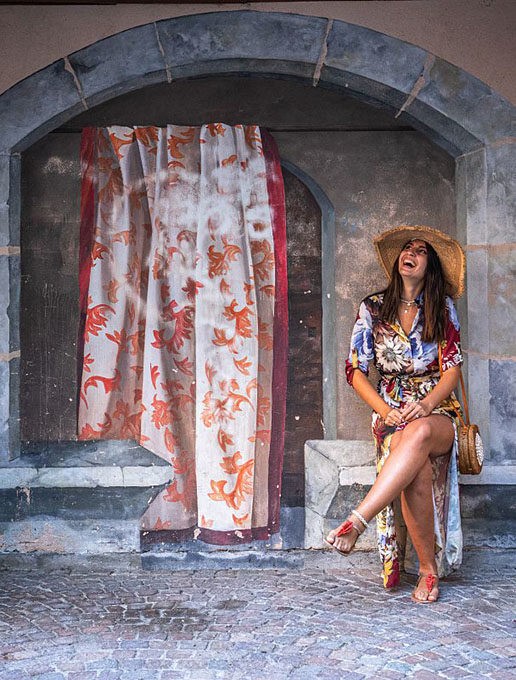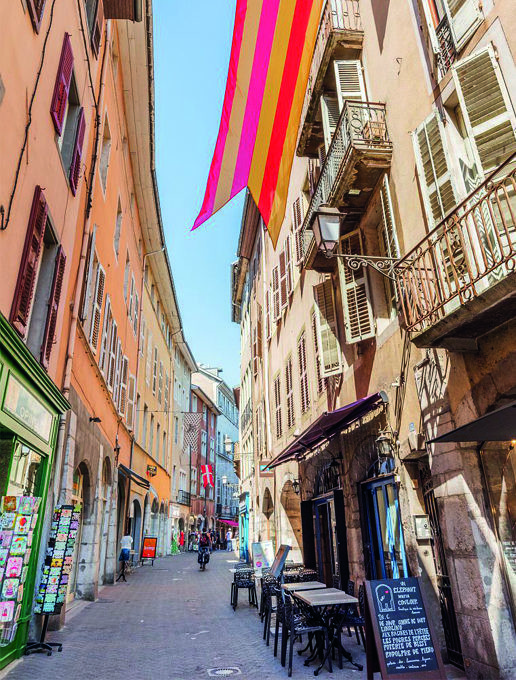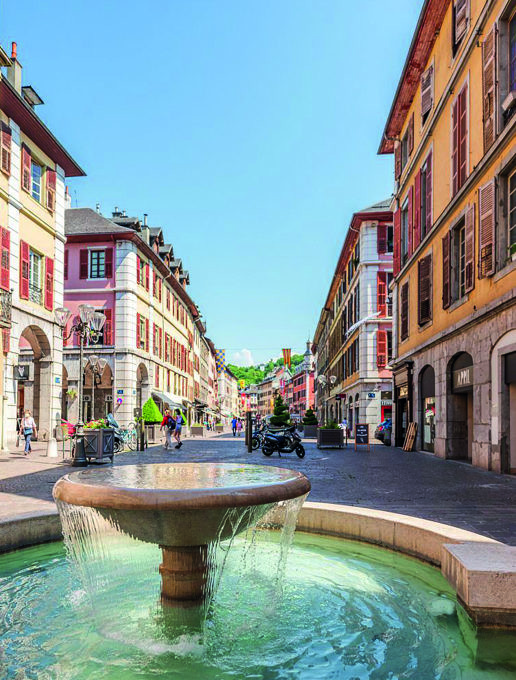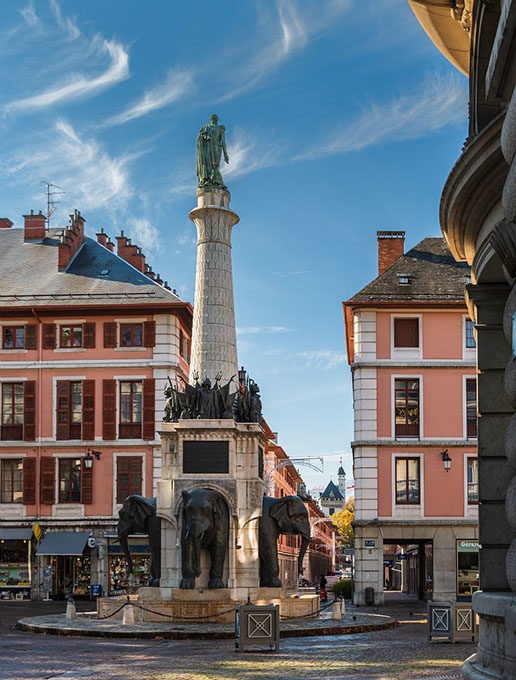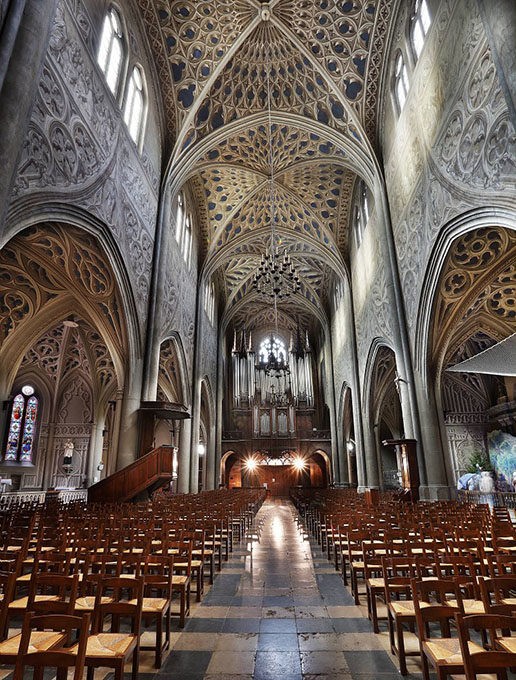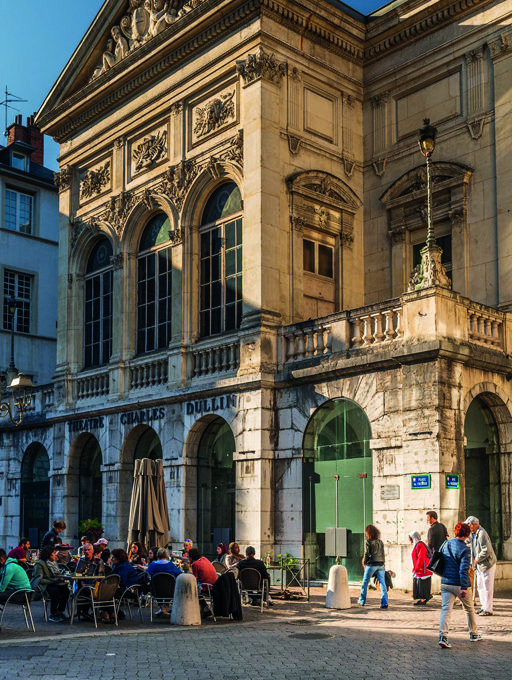Easy access
Your travel journalis empty
Damn, your travel book is empty!
Please use the buttonto add a place or an event to your favourites!
Morning
Afternoon
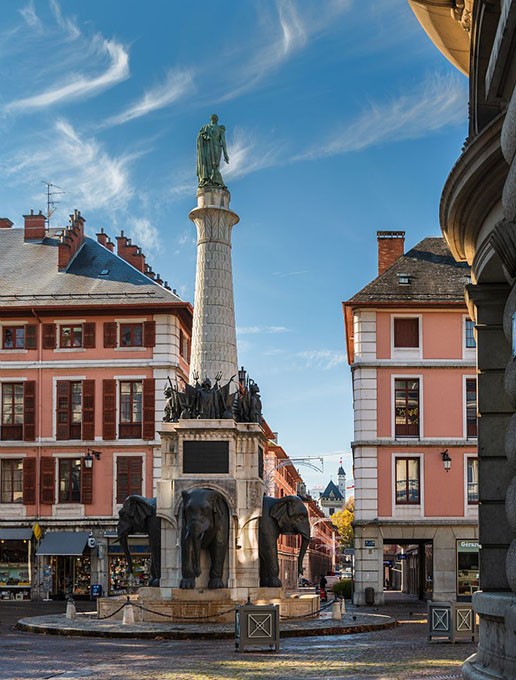
Chambéry… Its exciting secret “traboules” alleyways, surprising trompe-l’œil illusions, sunny colours in the old town and more. An air of mystery blows through this Town of Art and History that you’ll love exploring!“If there is a small town in the world where you can taste the sweetness of life in agreeable company, it’s surely Chambéry.”
Jean-Jacques Rousseau in Confessions
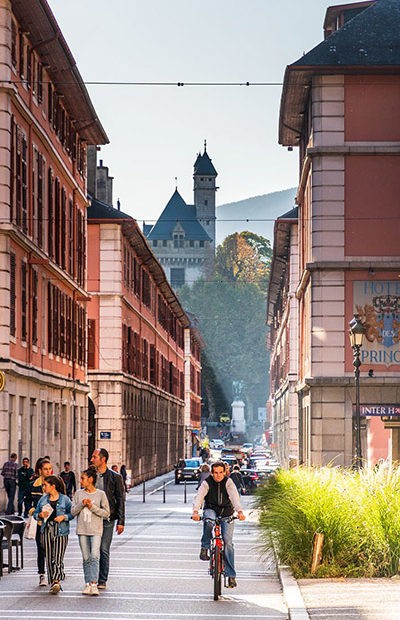
Central Chambéry has held onto its medieval layout. You’ll love exploring the “traboules” alleyways as you stroll around: head down an alley on Place Saint-Léger and make a surprise entrance under the porticos, Place Monge or the bottom of the château… Chambéry is a hive of independent stores, designers, eateries and big name brands. Shopaholics can shop ’til they drop and indulge in a nibble on a terrace or settle into a cosy tearoom.
The town’s history is closely bound to its transalpine neighbour: Chambéry and Savoie, Turin and Piedmont spent six centuries united under the House of Savoy. It has an Italian feel to it, a “dolce vita” that you’ll want to experience for yourself. Chambéry is your chance to travel back to the Middle Ages among the château, mansions, colourful buildings, trompe-l’œil, squares and local specialities (chocolate, vermouth, pasta, polenta etc.) that bring our Italian neighbours to mind.
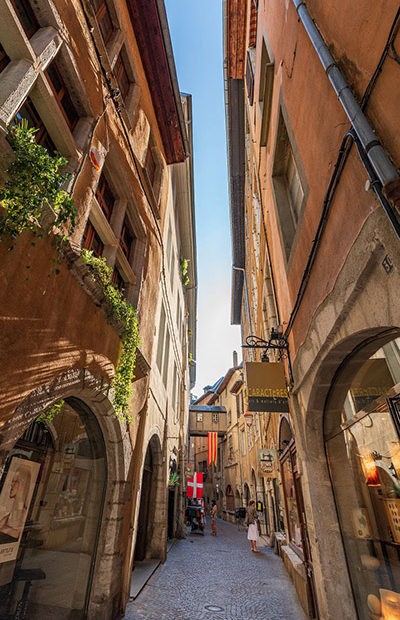
The network of “traboules” is a real oddity. The locals call them “les allées” or alleyways, they’re like corridors so you can walk between large buildings. Chambéry’s old town buildings are unique in that they’re deep and narrow because of the 14th century “toisé” tax that was based on how wide the front of the building was. The narrower they were, the lower the tax… Which is why Chambéry’s old town looks the way it does. The “traboules” are the soul of town.
You may be surprised to hear that 3 rivers run through Chambéry: the Hyère, Albanne and Leysse. The groundwater table is very nearby so part of the old town is built on larch stakes. There are actually 30,000 of them under the cathedral. That meant crayfish flourished here centuries ago. One theory about Chambéry’s name is that it comes from the dialect word for crayfish: “gamberi”.
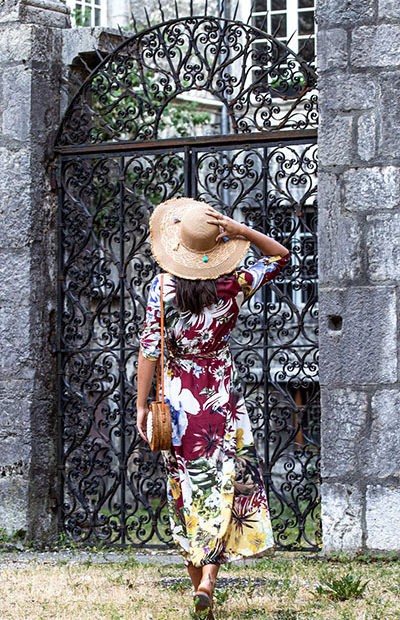
Look up as you wander around town! On a street corner or in the middle of a square you’ll see decorative features that look real: window frames, cornerstones etc. Italian trompe-l’œil art became popular in the 19th century and its legacy lives on. Some of the artworks stand out from the crowd: the Maison des Associations’ frontage, the side wall of Théâtre Charles Dullin, the Ilot de l’Horloge courtyard, Maison Dénarié’s front, Sainte Chapelle Cathedral’s ceiling and not forgetting Saint-François-de-Sales Cathedral, home to Europe’s biggest trompe-l’œil in a religious building (6000m²). Fake windows hide quietly among real ones even in the busiest squares. Can you spot the one on Place Métropole?
Just as iron extraction techniques were perfected, lighter and stronger wrought iron replaced the wood and stone protective features securing buildings. Beautiful wrought iron adorns the manors in the old town. Have a go at spotting front gates, balconies, imposts and other iron wonders.
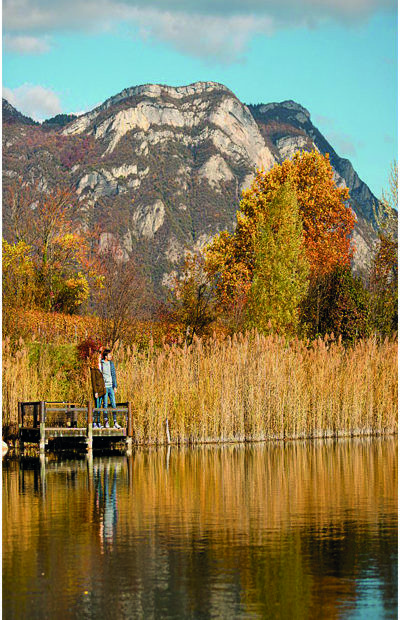
Could Chambéry and its valley be in a better spot among the Bauges, Chartreuse, lakes and mountains?! Look at the mountain towering over town and topped with a cross. We call it Nivolet. Turn to the other side of the valley and you’ll see Mont Granier’s awe-inspiring cliffs! Between them are vines, mountain pastures and forests teeming with waterfalls almost right up to central Chambéry.
With over fifty footpaths, a hundred km of bike paths, paragliding sites, via ferrata and climbing trails, Chambéry’s surroundings are the perfect playground if you love outdoor sports.
Whether you visit in summer or winter, you’re not going to want to leave Chambéry once you’ve experienced this unique little Savoie gem. Welcome to Chambéry!
